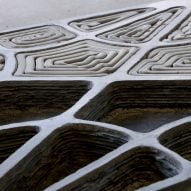Expanded cork, construction waste and human urine feature in this roundup of brick alternatives, designed to reduce the masonry unit’s embodied carbon footprint.
After concrete and steel, brick has become the latest focus for architects, designers and material researchers hoping to slash the emissions associated with building materials.
That’s because bricks are generally made from clay – a finite resource that needs to be mined and shipped around the globe – as well as being fired in fossil fuel-powered kilns at temperatures of more than 1,000 degrees Celsius, often for several days.
This energy-intensive process generates not just a large amount of greenhouse gas emissions but also carbon monoxide and other dangerous air pollutants, especially in South Asia where kilns are often still powered by coal.
To tackle these problems, brick manufacturers and researchers are increasingly looking at how to make use of local waste materials to create masonry units, as well as reverting to traditional methods of sun-drying to cut out the need for firing.
Read on for seven examples of brick alternatives, ranging from experimental student projects to the Dezeen Award-winning K-Briq, which is set to go into mass production this spring.
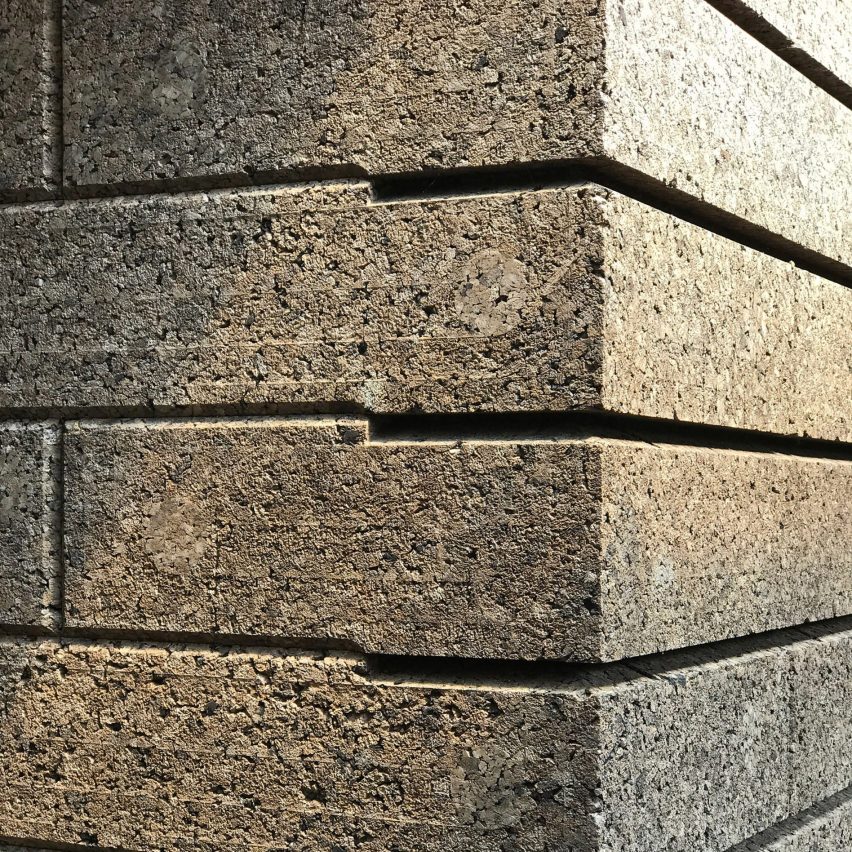
Cork blocks by MPH Architects, Bartlett School of Architecture, University of Bath, Amorim UK and Ty-Mawr
Interlocking blocks of expanded cork are stacked like Lego blocks without the need for mortar or glue in this construction system, which was used to build the Stirling Prize-nominated Cork House.
This means the bricks can be used to create structures that are easily disassembled, recycled and reused, as well as having the potential to be carbon negative due to the large amounts of CO2 sequestered by the cork oaks, from which the material is sourced.
London firm MPH Architects has been working on the system in collaboration with various research institutes since 2014, and is now hoping to develop it into a self-build cork construction kit.
Find out more about the cork blocks ›
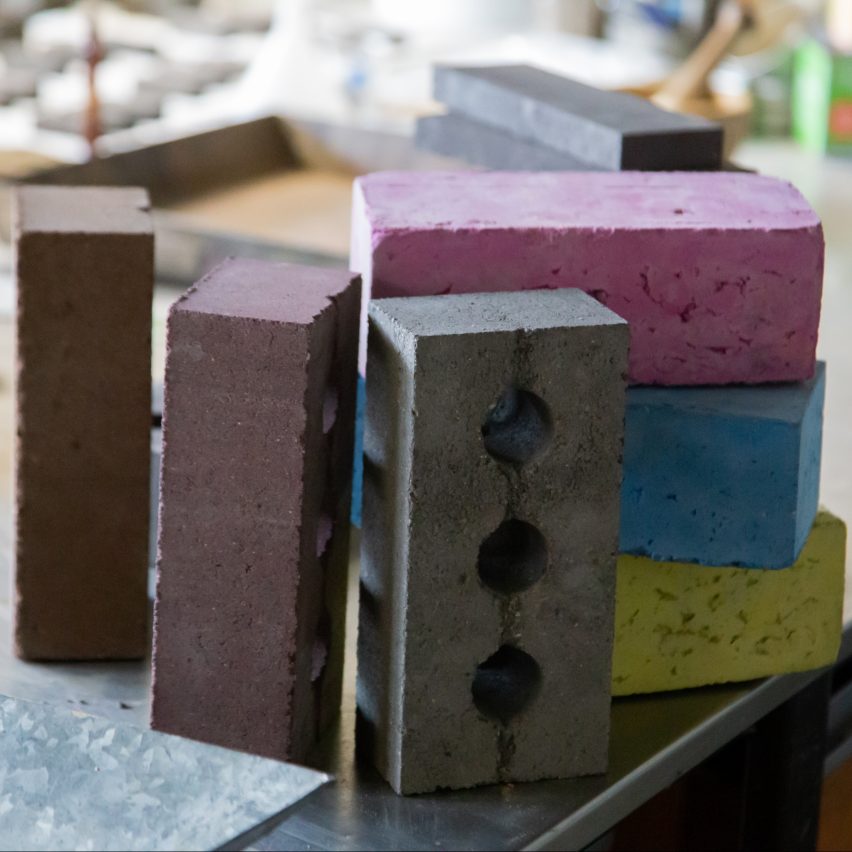
K-Briq by Kenoteq
At 90 per cent, the K-Briq offers “the highest recycled content of any brick” currently on the market, according to manufacturer Kenoteq, leading the brick to be crowned sustainable design of the year at the 2022 Dezeen Awards.
As the brick doesn’t need to be fired, it requires 90 per cent less energy in its production than a traditional brick and ultimately emits less than a tenth of the carbon emissions in its manufacture.
Out of the brick alternatives on this list, K-Briq is the closest to commercialisation. But its prolonged curing process has previously posed issues for quick-turnaround projects, with South African studio Counterspace forced to abandon plans to integrate K-Briqs into the 2021 Serpentine Pavilion due to long lead times.
Find out more about the K-Briq ›
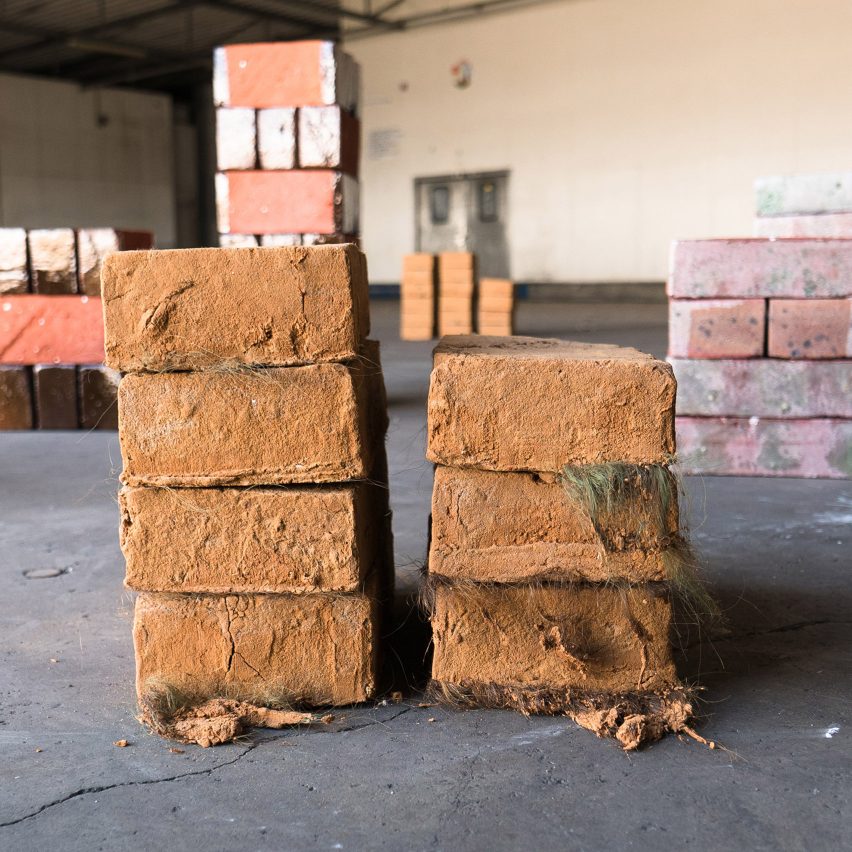
Building the Local by Ellie Birkhead
This student project from Design Academy Eindhoven graduate Ellie Birkhead makes use of local waste materials such as hair from a hairdresser, horse manure from a stable and wool from a farm to reinforce unfired clay bricks.
The result is different region-specific bricks, which Birkhead argues can help to manage waste in a more circular way and “forge a future for local industry”.
Find out more about Building the Local ›
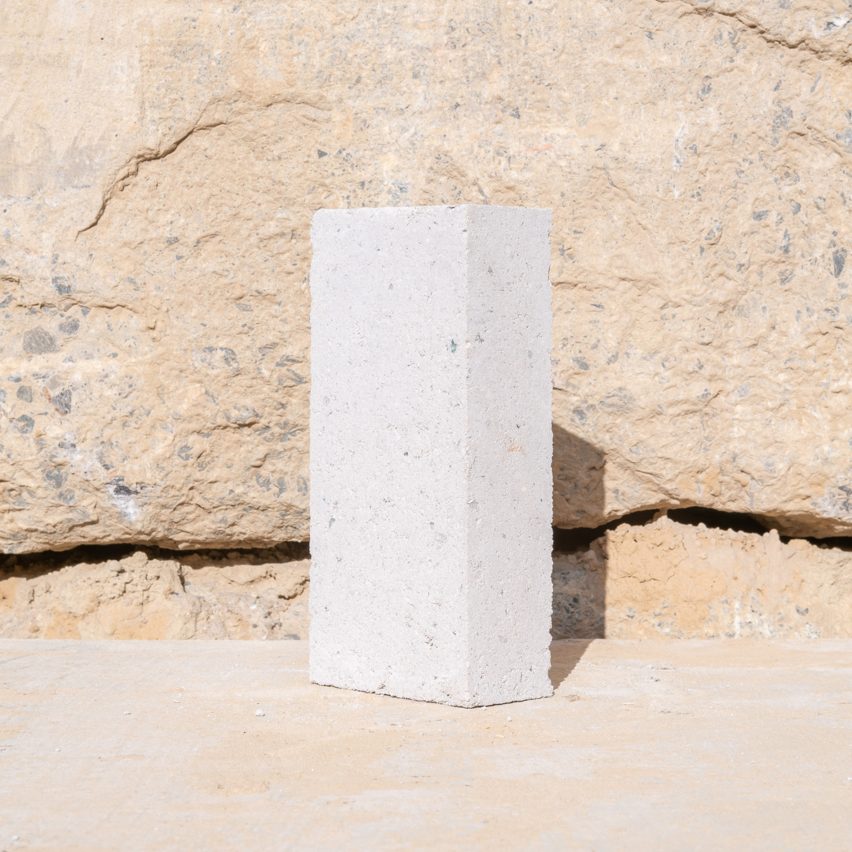
Gent Waste Brick by Carmody Groarke, TRANS Architectuur Stedenbouw, Local Works Studio and BC Materials
To form the new wing of the Design Museum Gent, architecture studios Carmody Groarke and TRANS Architectuur Stedenbouw worked with materials researchers to turn local municipal waste such as demolition concrete and glass into an unfired low-carbon brick.
This carries one-third of the embodied carbon as a typical Belgian clay brick and is produced in a simple process that is being opened up to the public through workshops, encouraging local residents to have a hand in the construction of their museum.
“The bricks will be manufactured on a brownfield site in Ghent using a clean simple production process, which could easily be replicated in other urban settings,” said Carmody Groarke. “There are no resultant emissions, by-products or waste.”
Find out more about the Gent Waste Brick ›
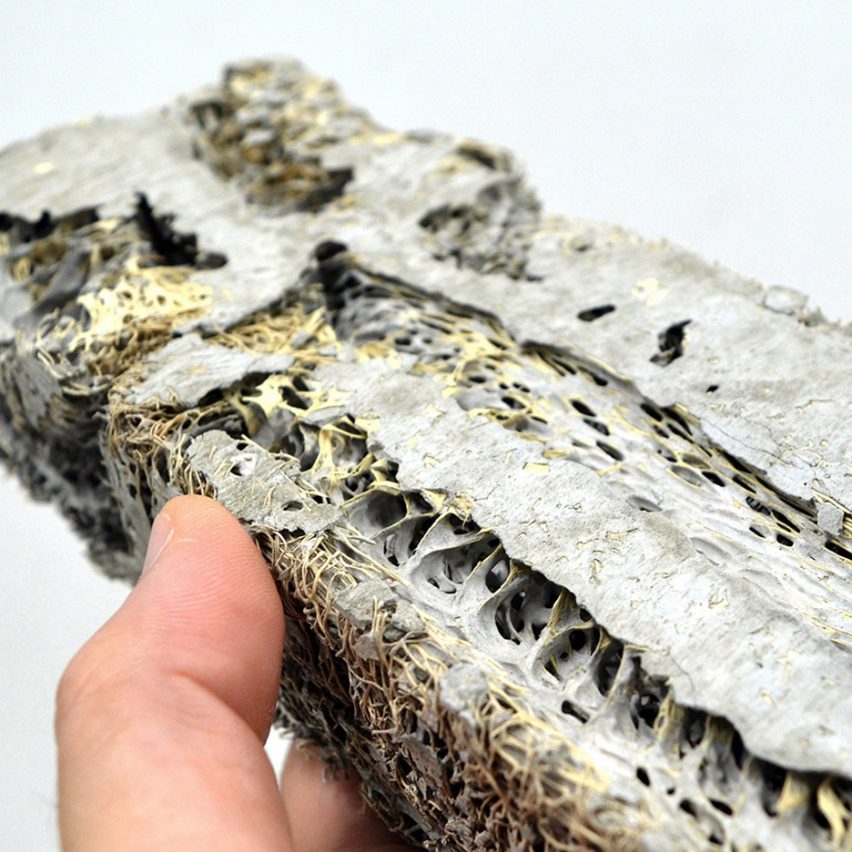
Green Charcoal bricks by the Indian School of Design and Innovation
These concrete bricks from the Indian School of Design and Innovation in Mumbai are enriched with soil, charcoal and loofah fibres, which create air pockets and help to reduce the amount of cement needed in their production process.
The resulting building blocks are up to 20 times more porous than common bricks, promoting biodiversity by making space for plants and insects in our cities, the researchers claim.
Find out more about Green Charcoal ›
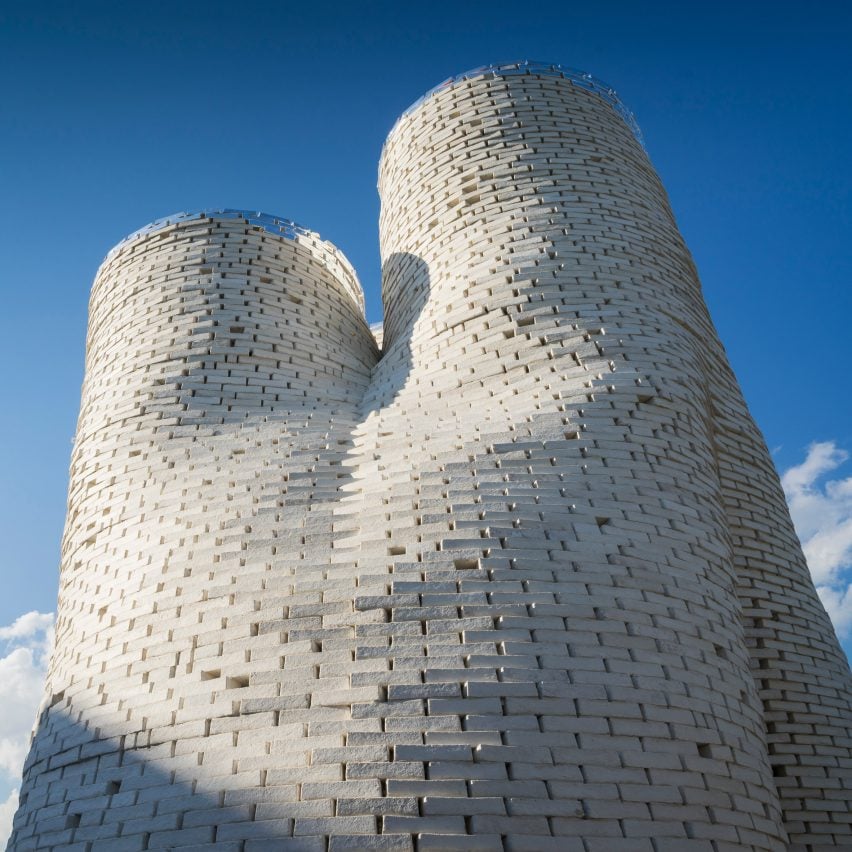
Mycelium Brick by The Living
One of the first experiments in using mycelium at an architectural scale saw New York studio The Living construct 2014’s MoMA PS1 pavilion using bricks that were grown from the root-like structure of fungi.
Based on a process pioneered by biomaterials company Ecovative, this involved placing waste corn stalks from agriculture inside a mould and encouraging the mycelium to grow around this aggregate, effectively cementing the brick.
Mycelium is also increasingly being explored as a means of insulating and fire-proofing buildings that can help to sequester carbon while being biodegradable.
Find out more about the Mycelium Brick ›
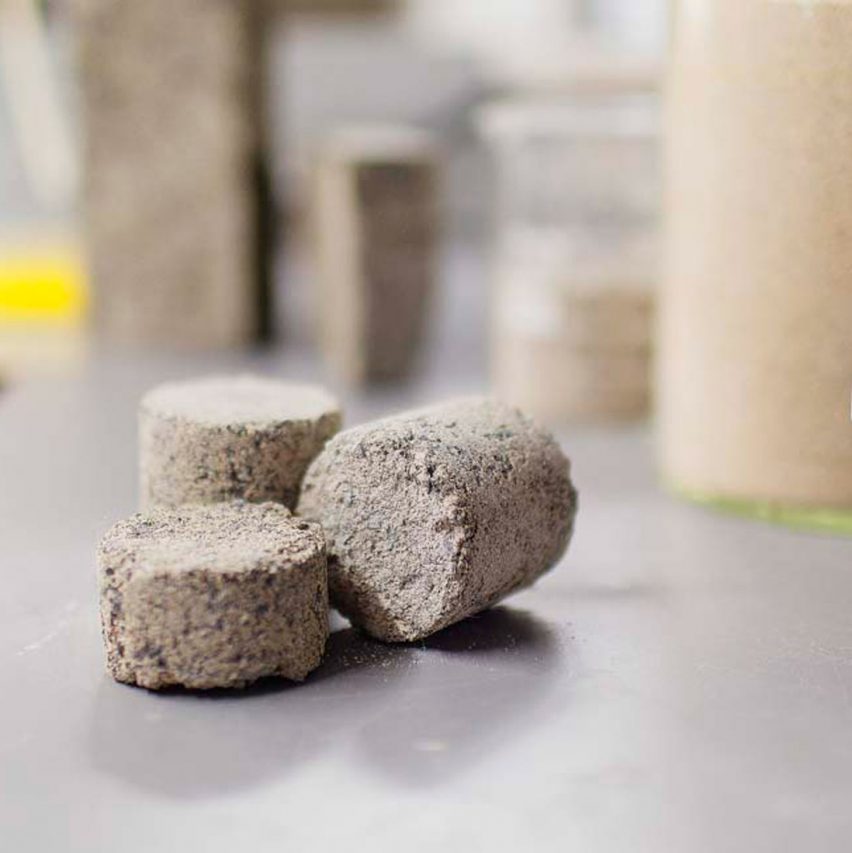
Urine bio-bricks by Suzanne Lambert
In this experimental project from University of Cape Town researcher Suzanne Lambert, human urine, sand and bacteria are combined in brick-shaped moulds.
The bacteria triggers a chemical reaction that breaks down the urea in the urine while producing calcium carbonate – the main component of cement – in much the same process that seashells are formed.
“The longer you allow the little bacteria to make the cement, the stronger the product is going to be,” Lambert told Dezeen.
Find out more about the urine bio-bricks ›

